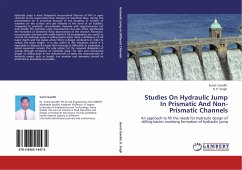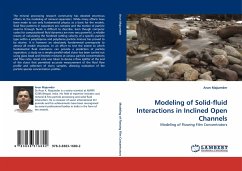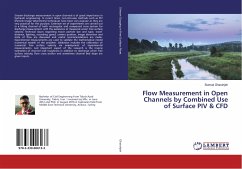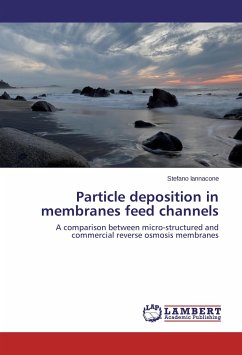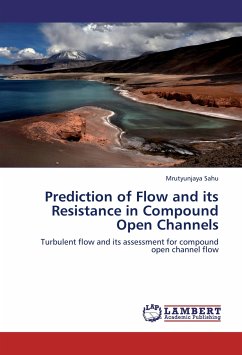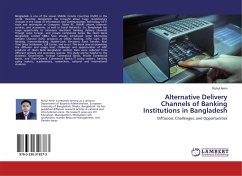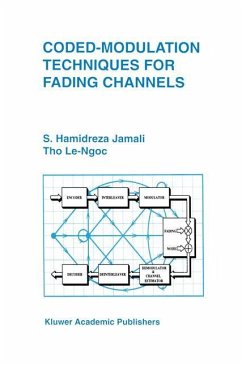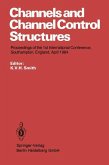Hydraulic jump is most frequently encountered features of RVF in open channels as the supercritical flow changes to subcritical flow; during this phenomenon air is entrained because of the breaking of number of wavelets on the surface and get released in the form of air bubbles. Compared to prismatic, non-prismatic channels with appurtenances not only modify the hydraulic jump characteristics but also affect significantly the formation of symmetric flows downstream of the channel. Moreover, non-prismatic channels with baffle blocks & sill arrangements are useful to control the hydraulic jump in stilling basins when there is deficiency of tail water depth and the places where there is design constraints in order to reduce the basin length. It is also useful in the situations where it is impossible to depress the basin floor because of difficulties in excavation; a lateral expansion remains the only option for the required dissipation of energy through formation of hydraulic jump. For safe and economical design of stilling basin in the downstream of dams the characteristics of hydraulic jumps, such as length, toe position and symmetry should be predicted as accurately as possible.
Hinweis: Dieser Artikel kann nur an eine deutsche Lieferadresse ausgeliefert werden.
Hinweis: Dieser Artikel kann nur an eine deutsche Lieferadresse ausgeliefert werden.

